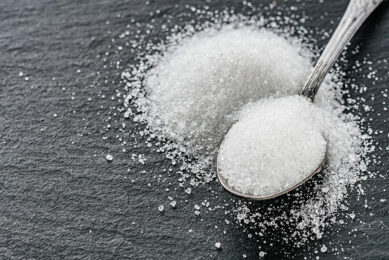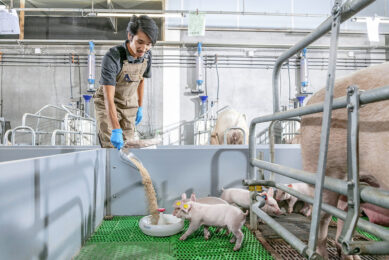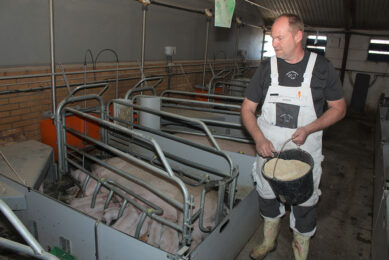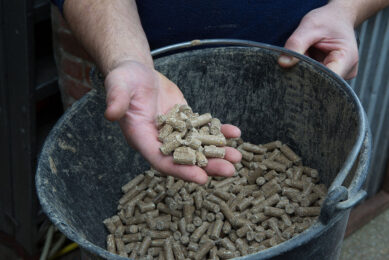Are excessive nutrients in swine diets always better?
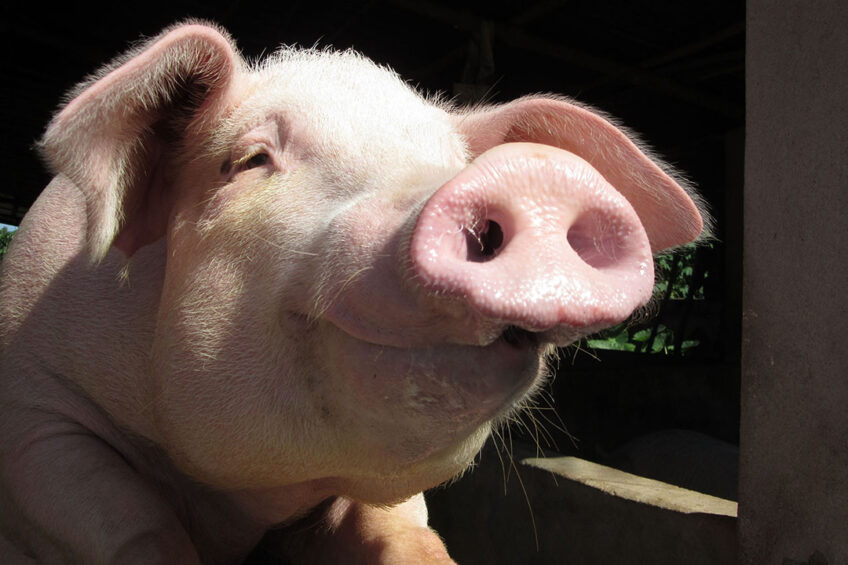
A balanced swine diet needs to provide the necessary nutrients in the correct proportions to nourish the animal properly and it must be sufficiently flexible to accommodate price and feedstuffs available.
Required nutrients include; energy, amino acids, minerals, vitamins and fat, as well as water. But the important question is whether more nutrients equal to better growth and performance. In this article we discuss the impacts of excessive nutrients in swine diets.
Excessive vitamin D
Excessive vitamin D causes acute toxicosis, lethargy, emesis and even death in fattening hogs and replacement gilts. Gross necropsy findings include haemorrhagic gastritis, diffuse interstitial pneumonia, myocardial degeneration, and nephrosis. In addition, necrosis and mineralisation of variable severity occur in the fundic gastric mucosa, lungs, kidneys, bone, heart, and small blood vessels of the lungs and heart. Furthermore, increased concentrations of serum calcium, phosphorus and magnesium are observed after feeding excessive vitamin D.
Excessive vitamin A
Excess vitamin A either in the diet (by feeding over 100 times the daily requirements for a short period of time) or by injection can cause pathological changes in the pig such as extensive bone resorption, narrowing of the bone shaft, bone fragility, bent legs at the growth plate, shortened bones, dipped pasterns in breeding stock, lameness, spontaneous fractures, internal haemorrhage, and piglets born with growth plate changes. Other signs of hypervitaminosis A include loss of appetite, slow growth, loss of weight, skin thickening, suppressed keratinization, increased blood-clotting time, reduced erythrocyte count, enteritis, congenital abnormalities, conjunctivitis, degenerative atrophy, fatty infiltration and reduced function of liver and kidney.
Excessive calcium
Calcium is an essential nutrient in swine diets, and along with phosphorus is responsible for nursery pig performance and bone mineralisation, development, and density. Calcium is mainly supplied in the diet via limestone and if no maximums are set for calcium in the diet, you will start to see phosphorus deficiencies because excess calcium impairs phosphorus digestibility and, therefore, reduces growth performance of nursery and growing-finishing pigs. Therefore, calcium and phosphorus are typically expressed as a ratio to one another. Studies showed that excess calcium in diets impaired growth performance and bone mineralisation of nursery pigs when diets were deficient in standardised total tract digestible phosphorus.
Excessive fibre
High fibre diets have lower energy digestibility, lower feed efficiency, and they increase viscera mass and reduce dressing percentage at slaughter. In addition, pigs adapt to diets with increased fibre content by increasing gut volume and weight which in turn enhances the energy and amino acid requirements of these organs in pigs, reduces protein deposition in the carcass and thereby decreases loin depth.
Excessive amino acids
Each amino acid has a minimum requirement, although branched-chain amino acids such as leucine, isoleucine, and valine and aromatic amino acids such as tryptophan share transporters in the body so if one of them is in excess, that limits the bioavailability of the others. Thus, nutritionist need to formulate a diet to maintain an optimum ratio of these amino acids. Moreover, excessive methionine, arginine, tryptophan, lysine, and threonine reduce feed intake.
Excessive zinc oxide
Pigs receiving excessive zinc oxide have higher mean pancreatic zinc concentrations which is associated with pancreatic acinar cell apoptosis. Additionally, as pigs become overloaded with zinc, there are significant reductions in both serum and hepatic selenium. High levels of zinc result in overproduction of metallothionein, an intestinal transporter binding to copper, which leads to a deficiency of this trace mineral. High dosage of zinc reduces efficacy in phytase functions, causes phosphorus deficiency, and is antagonistic with feed acidifiers such as organic acids. Furthermore, intensive usage of zinc in pig diets may reduce the sensitivity of bacteria to antibiotics and cause bacterial resistance.
Excessive feeding
Overfeeding in late gestation causes excessive weight gains which in turn reduces feed intake and performance during the subsequent lactation. High energy intakes lead to compromised mammary development and later lower milk production. Overweight sows are more likely to tire during parturition which leads to increased stillbirth rate. In addition, overweight sows have lower longevity, and they are clumsier leading to more piglets being laid on compared with sows in desirable body condition.




